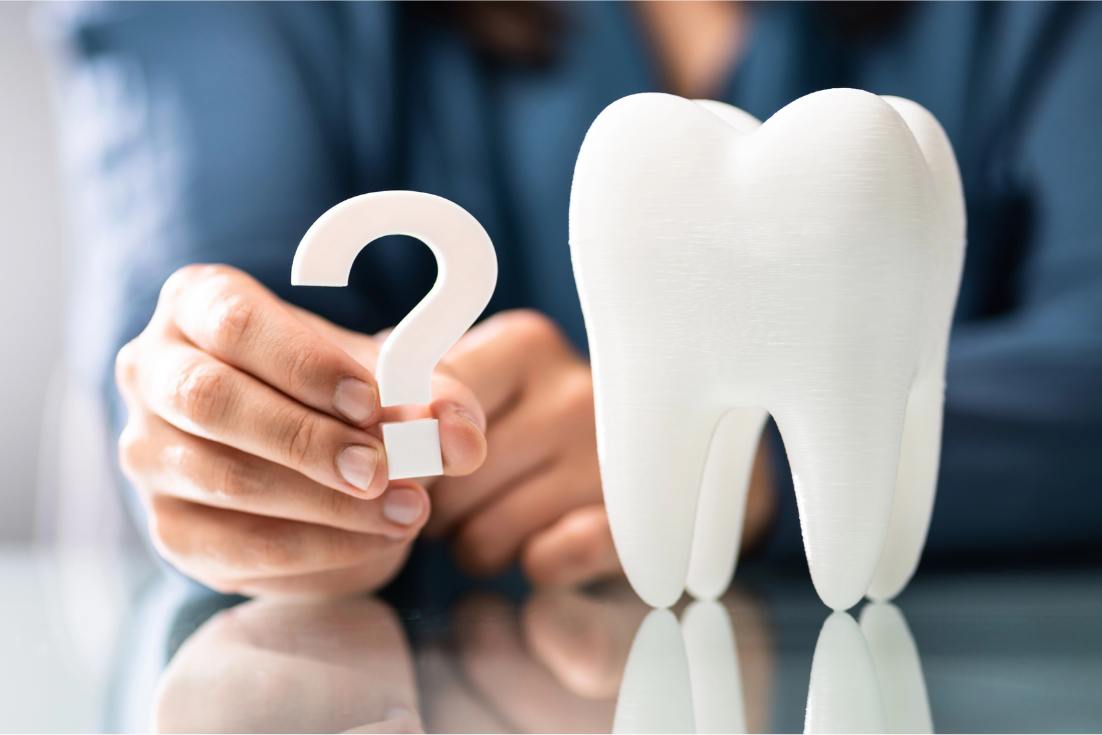Can You Get Dental Implants with Bone Loss? What You Need to Know
Dental implants have revolutionized restorative dentistry, offering a long-lasting, natural-feeling solution for missing teeth. Their popularity arises from their ability to integrate directly with the jawbone, providing a stable foundation for replacement teeth. Many people who have experienced tooth loss often assume that they may not be candidates for this procedure due to bone loss.
This article discusses how bone loss affects dental implant placement and various options and techniques available that allow many patients with bone loss to still benefit from dental implants.
Why Healthy Bone Is Essential for Dental Implants
The jawbone provides the necessary support and stability for dental implants. When an implant is placed, it fuses with the surrounding bone through a process called osseointegration. This fusion creates a strong and durable foundation that can withstand the forces of chewing, biting, and speaking. Adequate bone volume and density are, therefore, critical for the initial stability of the implant and its long-term success.
Bone loss, also known as bone resorption, is a natural process that can accelerate after tooth loss. Several factors contribute to this process, including:
Tooth loss - When a tooth is lost, the jawbone no longer receives the stimulation it needs from the tooth root. This lack of stimulation signals the body to resorb the bone, leading to a decrease in bone volume and density over time.
Gum disease (periodontitis) - Periodontal disease is a bacterial infection that affects the gums and supporting bone structure. Severe gum disease can destroy the bone that supports the teeth, leading to both tooth loss and further bone loss.
Trauma - Injuries to the face or jaw can damage the bone and surrounding tissues, potentially leading to bone loss.
Long-term denture wear - Traditional dentures sit on top of the gums and do not provide any stimulation to the jawbone. Over time, this can also lead to bone loss.
What Happens When Bone Loss Goes Untreated?
Untreated bone loss can have significant consequences, affecting both oral health and facial aesthetics. Remember, sufficient bone is crucial for osseointegration. Without it, dental implants may fail to integrate properly, leading to instability, loosening, and eventual failure.
Severe bone loss can cause the jawbone to shrink, leading to a sunken facial appearance, loss of lip support, and the formation of wrinkles around the mouth. This can make a person look older than they are. Bone loss can also destabilize any remaining teeth, making chewing and speaking more difficult. It can also make wearing dentures uncomfortable and less effective.
There’s also the risk of more teeth falling out. The loss of bone support can weaken adjacent teeth, increasing their risk of becoming loose and eventually being lost.
How Bone Loss Is Diagnosed Before Implant Placement
At Woodland Hills Dental Care, your implant dentist will typically follow this procedure:
- A thorough evaluation will include a review of your medical and dental history and a clinical examination of your mouth and gums.
- Your implant dentist will also assess the quality and quantity of bone using imaging techniques, including cone-beam computed tomography (CBCT) scans and Digital X-rays.
- Finally, you’ll discuss your treatment goals and expectations.
Also Read: A Guide to Implant-Supported Bridges
Yes, You Can Still Get Implants with Bone Loss. Here’s How:
Fortunately, you can get dental implants with bone loss. Bone loss does not automatically disqualify someone from receiving dental implants. Advances in dental techniques and technology have made it possible for many patients with some degree of bone loss to undergo implant procedures successfully.
With the right techniques and support, even patients with moderate bone loss can become excellent candidates for dental implants. Several options are available to address bone loss, including bone grafting, shorter implants, and narrow diameter implants with highly personalized treatment planning.
Bone Grafting as a Foundation for Dental Implants
Bone grafting for dental implants is a surgical procedure used to increase the amount of bone in the jaw. It provides the necessary foundation for successful implant placement. A dental bone graft transplants bone tissue to the area of bone loss, stimulating the body to generate new bone, increasing bone volume and density. Several types of bone graft materials are available, including autografts, allografts, xenografts, and synthetic grafts.
After bone grafting, the transplanted bone needs time to heal and integrate with the existing jawbone. This process, called consolidation, typically takes several months, usually between three and six months. Only after the graft has healed sufficiently can the dental implants be placed.
Bone grafting has a high success rate, and when combined with dental implant placement, it offers excellent long-term outcomes. The new bone provides a stable foundation for the implants, allowing them to function like natural teeth.
Alternatives for Severe Bone Loss Cases
Even in cases of severe bone loss, there are alternative techniques that can make dental implants a viable option. Here are some dental implant options for bone loss patients:
- All-on-4 or All-on-X: These techniques involve placing fewer implants (typically four or six) at strategic angles in the jaw to maximize contact with the available bone. This approach can support a full arch of replacement teeth, even with significant bone loss, and often eliminates the need for extensive bone grafting.
- Zygomatic implants: These are longer implants that anchor into the zygomatic bone (cheekbone) instead of the jawbone. This technique is used for patients with severe bone loss in the upper jaw where traditional implants are not feasible.
- Mini dental implants: These are smaller diameter implants that can be used in areas with narrow ridges or limited bone height. While not suitable for all situations, they can be an option for supporting dentures or partial dentures with less invasive surgery.
- Short implants and emerging techniques: Short implants are designed specifically for cases with limited vertical bone height, and ongoing research continues to develop new and less invasive techniques for atrophic jaws.
Risks of Dental Implants Without Adequate Bone Support
Attempting to place dental implants without addressing inadequate bone support can lead to several complications, including:
- Implant failure or loosening
- Poor aesthetic outcomes
- Bite and alignment issue
- Increased risk of infection
- Structural instability
Bone Grafting & Dental Implants in Woodland Hills
Bone loss does not have to be a barrier to achieving a beautiful, functional smile with dental implants. Thanks to advancements in dental technology and surgical techniques, many effective options are available to address bone loss and create a solid foundation for implant placement.
Are dental implants right for you? Schedule an appointment online today at Woodland Hills Dental Care.


